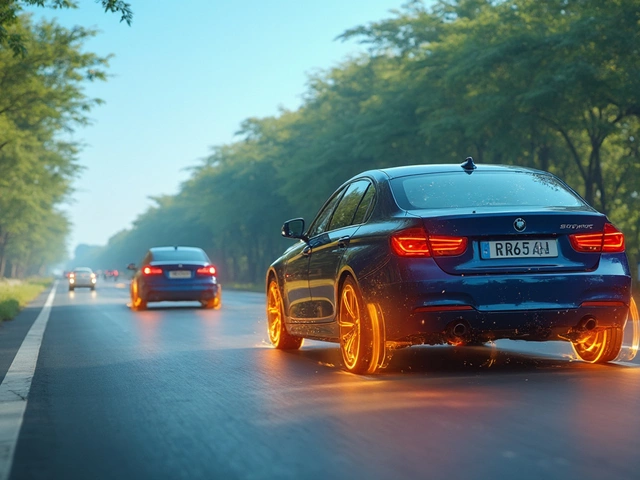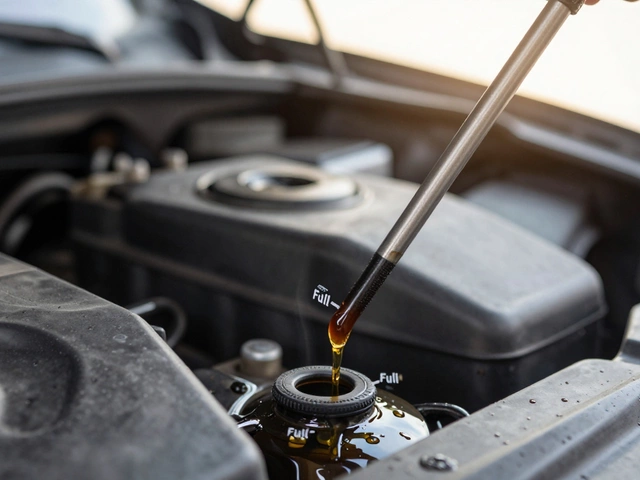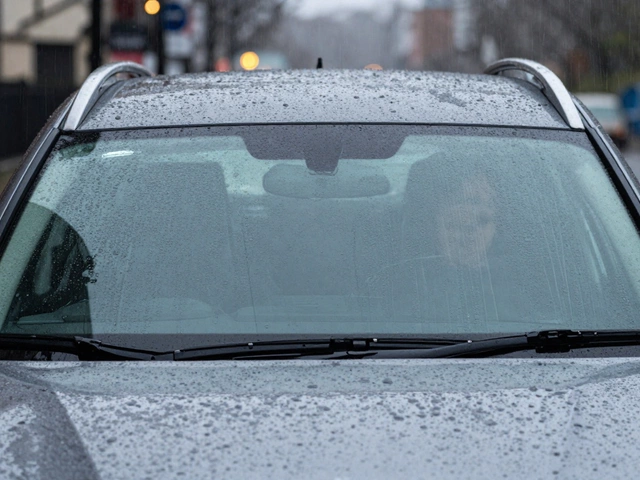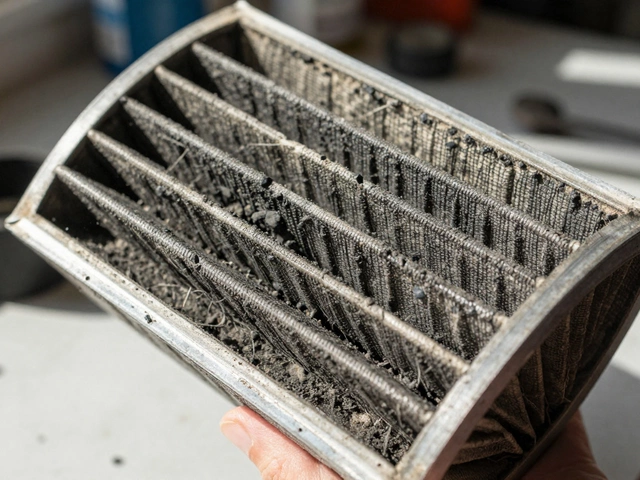
Ever wondered why your car starts to feel sluggish, or why that strange, musty smell creeps in when you turn on the fan? It’s easy to overlook, but a dirty air filter could be calling the shots behind the scenes. People ignore their air filters longer than they ignore the “check engine” light—mainly because you can’t see what’s happening inside. But here’s the kicker: leaving that filter untouched for too long quietly gnaws away at your car’s health, fuel economy, and even your lungs.
Why Your Car’s Air Filter Matters More Than You Think
If you’re thinking of an air filter as just an extra bit tacked onto the car, think again. That simple, often rectangular, part is the main gatekeeper between your engine or your cabin and every dust particle, dead leaf, or diesel fume out there. The most common type is the engine air filter—that’s the one keeping gunk out of your engine’s lungs. Modern cars also have a cabin air filter, keeping what you breathe inside cleaner. Still, let’s talk about both, since each one can make your life a lot easier (or messier) if you ignore it.
Now, when your engine pulls in air, it’s not just oxygen coming through—it’s whatever is floating around. Tiny particles, pollen, road grit, and even microscopic metallic shavings (from brake pads, say) want in. When that filter does its job, your engine burns clean fuel-air mix, keeping you at peak power and efficiency. If it’s clogged, well, fuel economy dives downhill. Your car feels lazier. You burn more fuel, and yes, emissions go up. The US Department of Energy and AA (Automobile Association) both point out that a blocked air filter can lower acceleration by up to 11%. That’s a big deal when you hit the motorway and the car refuses to react.
Cabin air filters, on the other hand, protect you and your family from air pollution. The Health Effects Institute (UK) reports that filtering PM2.5 particles (the really nasty bits from trafficked roads) with a new filter can reduce personal exposure by 30%. That stinky smell you sometimes get after a rainy day? That’s often a filter that’s gone from white to sludge-brown, letting tiny spores and muck right through.
One fact: air filters are usually built from pleated paper, cotton gauze, or foam. Paper filters are most common—cheap, reliable, but they clog first. High-performance or reusable ones (think K&N) use cotton layers. But all filters trap debris until they’re overwhelmed. Some car makers tout “lifetime” filters, but real tests show these too lose effectiveness, sometimes faster than you’d hope, especially in city driving or after a few off-road adventures.
So, why does this modest part have such power? Well, airflow is king for modern combustion engines. No air, no combustion. Not enough clean air, your sensors get confused, and suddenly you’re eye-to-eye with a warning light and a mechanic bill that makes you wince.

The Real Answer: How Often Should You Change Your Air Filter?
There’s no one-size-fits-all number here. If you comb through a handful of car manuals, you’ll get recommendations from 10,000 to even 50,000 miles (roughly 16,000–80,000 km) for the engine air filter—pick your poison, right? Truth is, where and how you drive matters way more than the number alone.
Let’s break it down with what actually happens on the roads. If you spend most days crawling through Bristol traffic, or if your school run means dusty or pollen-heavy country lanes, that filter’s going to fill up faster. Road construction, living near the coast, frequent short trips—all of these can chop the mileage almost in half. Motorways aren’t as bad, assuming the air is cleaner, but city driving always means more gunk in the air.
Here’s a table that gives you a ballpark idea based on driving style and environment:
| Driving Environment | Recommended Change Interval (Miles) | Recommended Change Interval (Kilometres) |
|---|---|---|
| Mainly Urban/Congested Areas | 12,000–15,000 | 19,000–24,000 |
| Mostly Motorway/Highway Driving | 15,000–20,000 | 24,000–32,000 |
| Rural/Off-Road/Pollen Season | 8,000–12,000 | 13,000–19,000 |
The cabin air filter varies as well. If you live in a polluted city or deal with lots of pollen (think Central Bristol in spring), change it once a year, or every 15,000 miles (about 24,000 km). If you rarely use air con or heaters, or live out in the sticks with breeze-fresh air, maybe once every 18–24 months is fine.
Don’t take only the numbers at face value, though. Here are clear signs your air filter (either one) is at the end of its rope:
- Reduced acceleration or uneven idling (engine air filter)
- Stronger fuel smell, dirty exhaust smoke
- Air con system seems weak; fans blow less
- Weird smells or extra dust on your dashboard
- Visible dirt, stains, or grey/brown colour on the filter
Some newer cars have maintenance reminders that blink when it’s filter time, but most of us still need to open the bonnet and check. If it’s visibly clogged or crumbling, don’t wait. Keeping a record of changes (mark the date on a sticker or your phone) works wonders—most people forget when they last swapped it out.
An easy way to remember: in places with heavy traffic or pollen, check your filters with every oil change. It adds a few minutes but saves a bundle on headaches later. For the DIY crowd, changing your filter is usually simple. Pop the clips or fasteners, remove the old one, fit the new one, and seal it back. No tools needed except maybe a flathead screwdriver for those stubborn clips.
One more thing—a neglected air filter gives pests the perfect hideout. Spiders, mice, and bugs love the dark, tucked-away housings. So next time you check, don’t be surprised if you find an abandoned spider’s web or a wad of leaves.
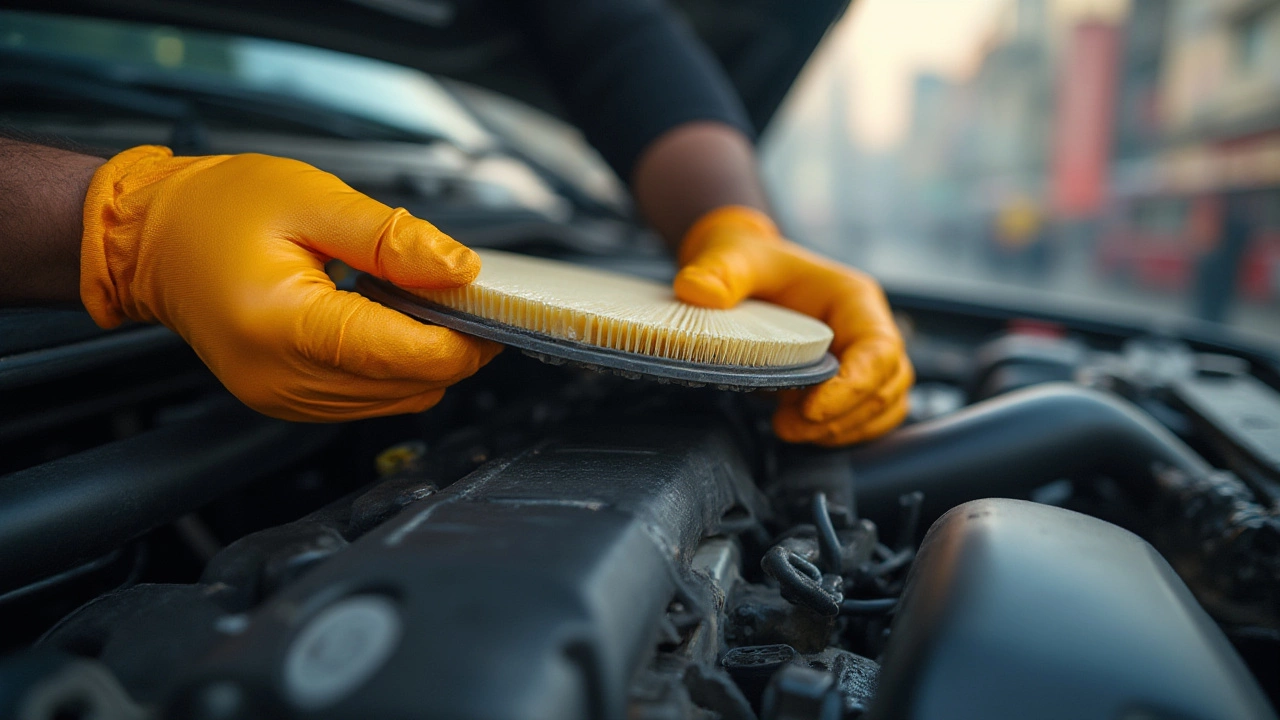
Little-Known Facts and Tips to Get More from Your Air Filter
You might be surprised to learn that not all air filters are created equal, and some are worth a little extra cash up front. Most cars come with basic cellulose paper filters; they work, but won’t win any longevity awards. You can swap these for high-performance or washable synthetic filters. Brands like K&N claim tens of thousands of miles between cleanings, and while they cost more, you might even notice a touch more acceleration. Stick to reputable brands, though—there are cheap imitations on the market that don’t filter as well and might even damage your engine.
Worried about doing more harm than good? You can always check air filter reviews for your car’s model before making a switch. Forums like Honest John or AutoExpress often have user feedback on which filter lasts longer in UK weather. But remember, a high-flow performance filter still needs cleaning or replacing. If you’re not keen to get grubby, play it safe and stick to regular swaps. A dirty performance filter clogs up faster than a standard paper one, and its benefits disappear.
Air filter efficiency is measured in “microns”—the lower, the better. Standard paper filters trap anything down to about 40 microns. Premium filters may trap as small as 10 microns. (For comparison: a human hair is about 70 microns thick.) If you’re driving near construction work, or if hay fever wrecks your summer, look for a cabin filter rated for “PM2.5” or a HEPA option. They squeeze out even the tiniest troublemakers, making the air inside your car miles fresher. Lots of people with asthma or allergies switch to HEPA cabin filters and report way fewer reactions on the daily drive.
Here’s a smart tip: keep a spare air filter in your boot—especially if you clock a lot of miles or plan a long road trip through dusty roads. It won’t take much space, won’t break the bank, but can rescue you in a pinch. And if you live somewhere with lots of rain, check your filter after any flooding. Even a bit of water trapped in the filter can cause it to go mouldy fast.
Some drivers swear by tapping out their filters to “freshen them up” between changes. A gentle shake might get loose dust out, but it can’t clear what’s baked in. Plus, smacking a filter too hard can damage the paper pleats. If you’re intent on getting more life from a filter, stick to those designed for multiple uses and clean them exactly as the manufacturer recommends (never with compressed air unless suggested—it ruins most standard filters).
Don’t forget about your warranty. Some warranties specify only genuine replacement filters. Cheap aftermarket ones might void your coverage if they wreck your MAF sensor or cause refits later. Double-check your manual, and if you go aftermarket, keep your receipts and stick to respected brands. No one wants to cough up for a rejected warranty claim because of a £12 filter.
Finally—don’t gamble with your car’s health. An £18–£30 air filter pales in comparison to a £600 bill for a fouled-up mass airflow sensor or premature turbo wear. And yes, ignoring a cabin filter can clog up your blower motor, leading to the kind of noise and repair bill you’d rather avoid.


